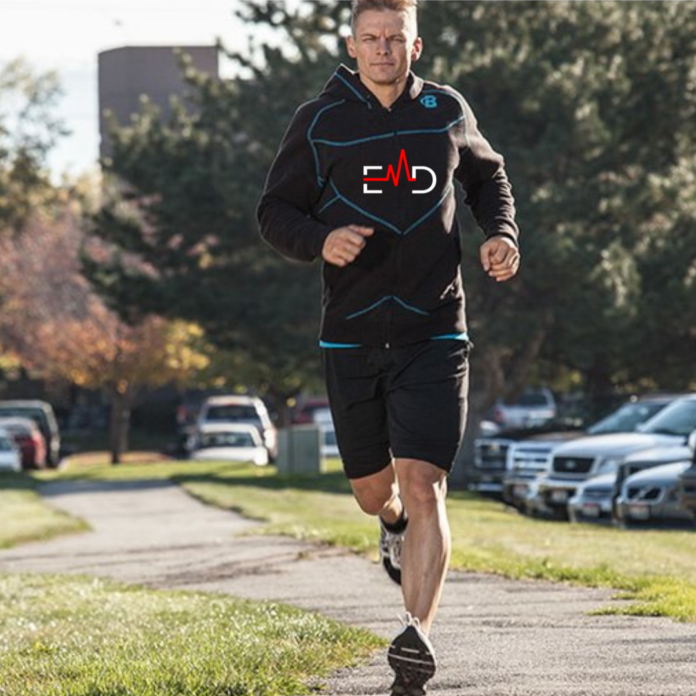Table of Contents
Exercise Daily – In today’s fast-paced world, stamina plays a crucial role in enhancing athletic performance. Whether you’re an amateur athlete or a professional, improving your stamina can help you go the extra mile, push through fatigue, and achieve your goals. Let’s view the top 10 stamina exercises that can elevate your athletic performance to new heights. So, let’s dive in and discover the key exercises that can boost and improve your stamina further.
Stamina, also known as endurance, refers to the ability to sustain physical or mental effort for an extended period. It is an essential component of athletic performance and plays a vital role in sports such as running, cycling, swimming, and team sports like soccer or basketball. By increasing your stamina, you can enhance your energy levels, delay the onset of fatigue, and perform at your best for longer durations.
1. Importance of Stamina for Athletic Performance
Stamina is the foundation of athletic performance. It allows athletes to maintain a high level of intensity throughout their training sessions or competitions. Whether you’re a sprinter, a long-distance runner, or a team player, stamina is what keeps you going when the going gets tough.
Improved stamina enables you to complete workouts or matches with less exhaustion, resulting in enhanced performance and better overall results. Additionally, it aids in post-workout recovery and reduces the risk of injuries.
Enhancing athletic performance is crucial for athletes who aspire to excel in their chosen discipline. By implementing the right strategies, athletes can experience numerous benefits, including:
1.1 Achieving peak performance
Strategies for enhancing athletic performance allow athletes to unlock their full potential. By optimizing physical and mental capabilities, athletes can reach peak performance levels during training and competitions.
1.2 Reducing the risk of injuries
Proper training and preparation significantly reduce the risk of injuries. Strategies such as strength and conditioning exercises, adequate recovery, and proper technique can help prevent common sports-related injuries.
1.3 Improving overall health and well-being
The strategies employed for enhanced athletic performance not only benefit performance but also contribute to overall health and well-being. By prioritizing nutrition, recovery, and mental well-being, athletes can maintain a balanced and healthy lifestyle.
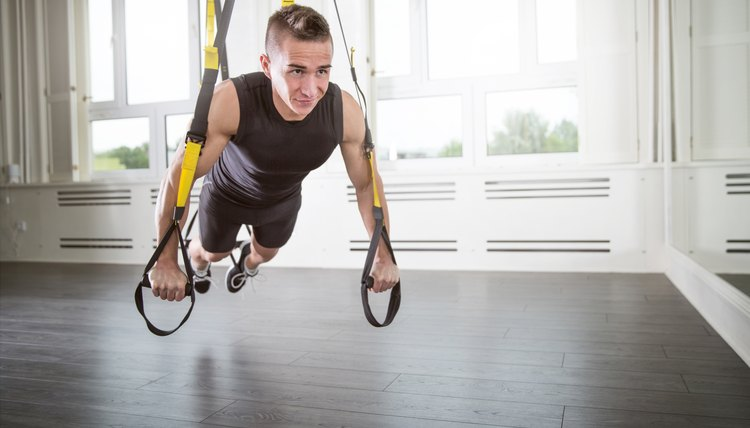
2. Factors Affecting Stamina
Before we dive into the specific stamina exercises, it’s important to understand the factors that influence stamina. By addressing these factors, you can optimize your endurance training and maximize your stamina gains.
2.1 Proper Nutrition
Nutrition plays a crucial role during endurance exercise in fueling your body for optimal stamina. Consuming a balanced diet that includes carbohydrates, proteins, healthy fats, and micronutrients provides the necessary energy and nutrients for endurance activities.
2.2 Hydration
Proper hydration is essential for maintaining stamina. Dehydration can lead to a decline in performance and increase the risk of fatigue. It is recommended to drink water before, during, and after exercise to stay adequately hydrated.
2.3 Sleep and Rest
Adequate sleep and rest are fundamental for stamina improvement post-exercise recovery. Your body needs time to recover and repair after intense training sessions. Aim for 7-9 hours of quality sleep per night and incorporate rest days into your training schedule.
3. Aerobic Exercises for Stamina Improvement
Aerobic exercises are excellent for improving stamina and muscle strength as they target your cardiovascular system and increase your lung capacity. Here are four aerobic exercises you can incorporate into your training routine:
3.1 Running
Running is a versatile and accessible exercise that helps build stamina. Start with a comfortable pace and gradually increase the distance or intensity over time. Interval training, such as alternating between sprints and jogs, can also be beneficial.
3.2 Cycling
Cycling is a low-impact aerobic exercise that works your lower body muscles while improving stamina. Whether you prefer outdoor cycling or indoor cycling on a stationary bike, it provides an excellent cardiovascular workout.
3.3 Swimming
Swimming is a full-body workout that engages multiple muscle groups while being gentle on the joints. Regular swimming sessions can boost cardiovascular endurance and improve overall stamina.
3.4 Jumping Rope
Jumping rope is a simple yet effective exercise for enhancing stamina. It improves cardiovascular health, fitness, coordination, and agility. Start with shorter intervals and gradually increase the duration as your stamina improves.
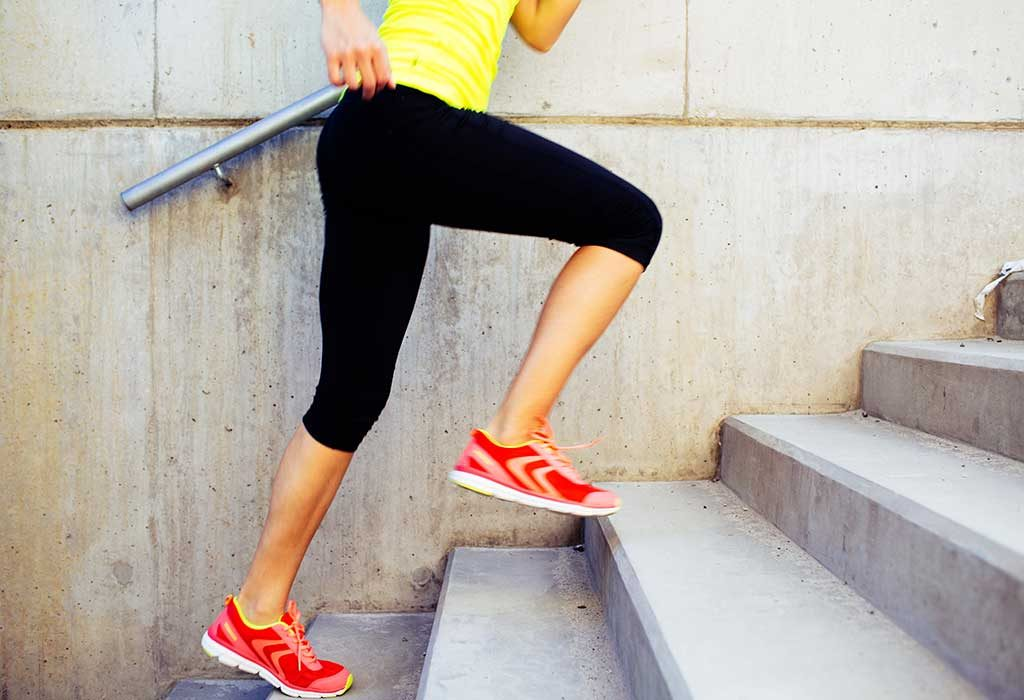
4. 10 Stamina Exercises to Boost Your Athletic Performance
4.1 High-Intensity Interval Training (HIIT)
HIIT is a training method that combines short bursts of high-intensity exercises with periods of active recovery. This form of exercise not only improves stamina but also helps in burning calories and boosting metabolism. Incorporate exercises like burpees, mountain climbers, and squat jumps into your HIIT workouts for optimal stamina gains.
4.2 Breathing Techniques
Proper breathing techniques can significantly impact stamina and exercise performance. Learning to breathe deeply and rhythmically during exercise helps deliver oxygen to your muscles, reduces fatigue, and optimizes your overall stamina.
4.3 Mind-Body Practices
Mind-body practices such as yoga, meditation, and tai chi can help improve focus, concentration, and mental resilience. By calming the mind, these practices contribute to better stamina during physical activities.
4.4 Fueling Your Body for Stamina
To optimize your stamina gains, it’s crucial to provide your body with the right fuel. Consume a balanced diet rich in complex carbohydrates, lean proteins, and healthy fats. Pre-workout meals or snacks should be consumed 1-2 hours before exercise, providing sustained energy throughout your training session.
4.5 Strength Training for Endurance
Strength training exercises, when performed with lighter weights and higher repetitions, can enhance muscular endurance and overall stamina. Focus on compound exercises like squats, lunges, push-ups, and rows to engage multiple muscle groups simultaneously and improve functional strength.
4.6 Plyometric Exercises
Plyometric exercises involve explosive movements that target fast-twitch muscle fibers, improving power and stamina. Box jumps, jump squats, and medicine ball throws are examples of plyometric training exercises that can boost your athletic performance.
4.7 Circuit Training
Circuit training combines cardiovascular exercises, strength training, and high-intensity intervals into a single workout. It helps improve stamina, build strength, and increase overall fitness. Create a circuit with exercises like push-ups, lunges, jumping jacks, and planks to challenge your body and improve endurance.
4.8 CrossFit Workouts
CrossFit workouts are designed to improve overall fitness and increase stamina throughout. The varied and intense exercises performed in CrossFit routines challenge your body in different ways, leading to significant stamina gains. Find a reputable CrossFit gym or follow CrossFit workouts online to incorporate this training method into your routine.
4.9 Sports-Specific Training
Sports-specific training focuses on exercises and drills that mimic the movements and demands of your chosen sport. By training in a way that replicates the challenges you face during competition, you can enhance your stamina and performance in the specific sport you participate in.
4.10 Flexibility and Mobility Exercises
Flexibility and mobility are essential for athletic performance and injury prevention. Incorporate stretching, yoga, and mobility exercises into your workout routine, to improve joint range of motion, enhance muscle elasticity, and reduce the risk of muscle imbalances.
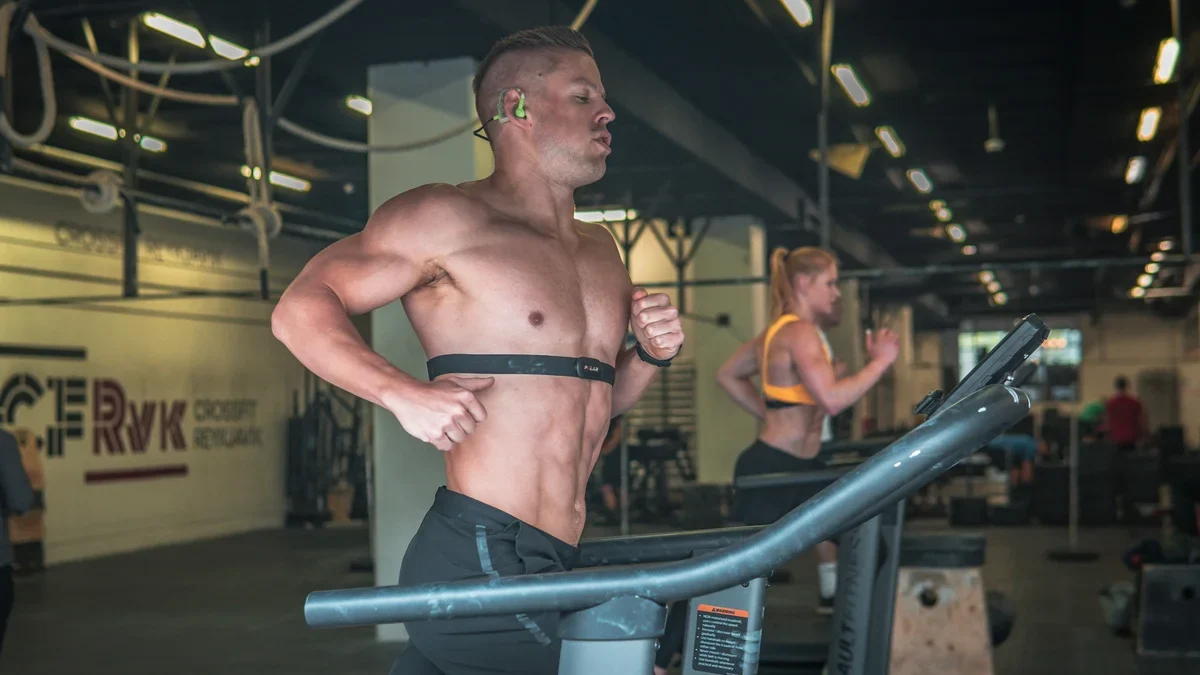
5. Nutrition for Athletic Performance
One of the fundamental pillars of enhanced athletic performance is nutrition. Proper nutrition provides the body with the fuel it needs to perform at its best. Consider the following aspects when it comes to nutrition:
5.1 Importance of a balanced diet
A balanced diet that includes a variety of whole foods is essential for athletes. It should consist of carbohydrates, proteins, and fats in appropriate proportions to meet energy demands and support muscle repair and growth.
5.2 Key macronutrients and micronutrients
Carbohydrates are the primary energy source for athletes, providing fuel for intense physical activities. Proteins are crucial for muscle repair and growth, while fats provide essential fatty acids and support hormone production.
In addition to macronutrients, athletes should pay attention to micronutrients such as vitamins and minerals. These micronutrients play vital roles in energy production, bone health, immune function, and overall well-being. How to Make Athletic Greens Taste Better View the best methods.
6. Strength and Conditioning Training
Strength and conditioning training form the foundation of athletic performance improvement. By building strength, power, and endurance, athletes can enhance their overall physical performance. Consider the following aspects of strength and conditioning training:
6.1 Benefits of strength training
Strength training improves muscular strength, power, and endurance. It also enhances bone density and reduces the risk of injuries. Incorporating compound exercises, such as squats, deadlifts, and bench presses, into training routines can yield significant benefits.
6.2 Types of strength training exercises
Athletes can engage in various types of strength training exercises, including resistance training, bodyweight exercises, and plyometrics. Each type offers unique benefits and targets different muscle groups and energy systems.
6.3 Periodization
Periodization involves dividing training into specific cycles or phases to optimize performance and prevent overtraining. By manipulating training volume, intensity, and rest periods, athletes can achieve progressive improvements while minimizing the risk of burnout.
7. Mental Preparation and Focus
The power of the mind in sports should never be underestimated. Mental preparation and focus are crucial for athletes aiming to perform at their best. Consider the following techniques for enhancing mental acuity:
7.1 The Power of the Mind in Sports
Mental strength and focus can greatly impact an athlete’s performance. Developing mental resilience, visualization skills, and goal-setting abilities can make a significant difference in competition.
7.2 Techniques for mental preparation
Athletes can utilize various mental preparation techniques, such as imagery, positive self-talk, and relaxation exercises, to enhance focus, reduce anxiety, and boost confidence.
7.3 Maintaining focus during competition
During competitions, maintaining focus can be challenging. Athletes should practice techniques like mindfulness and concentration exercises to stay in the present moment, block out distractions, and perform at their peak.
8. Recovery and Rest
Recovery and rest are crucial aspects of any training regimen. Adequate recovery allows the body to repair and rebuild, preventing overuse injuries and promoting optimal performance. Consider the following aspects of recovery:
8.1 Importance of Recovery
Recovery is essential for the body to adapt to the various stress levels of training and perform at its best. It includes both active and passive recovery methods.
8.2 Active and passive recovery methods
Active recovery involves engaging in low-intensity activities such as light exercises, stretching, and foam rolling. Passive recovery, on the other hand, involves rest, sleep, and proper nutrition to promote healing and replenishment.
8.3 Sleep and its Impact on Performance
Quality sleep plays a vital role in athletic performance and overall well-being. It aids in muscle recovery, hormone regulation, and cognitive function. Athletes should prioritize adequate sleep to maximize their performance potential.
9. Sports Psychology and Performance Enhancement
Sports psychology focuses on the mental and emotional aspects of athletic performance. By developing psychological skills, athletes can gain a competitive edge. Consider the following techniques:
9.1 Building Confidence and Motivation
Confidence and motivation are critical for athletic success. Techniques such as positive self-talk, setting realistic goals, and acknowledging achievements can boost confidence and maintain motivation.
9.2 Visualization and imagery techniques
Visualization and imagery involve mentally rehearsing successful performances and envisioning desired outcomes. These techniques help athletes build mental models, improve technique, and enhance focus.
9.3 Dealing with pressure and stress
Athletes often face pressure and stress during competitions. Learning stress management techniques, such as deep breathing exercises, mindfulness, and positive reframing, can help athletes perform under pressure.
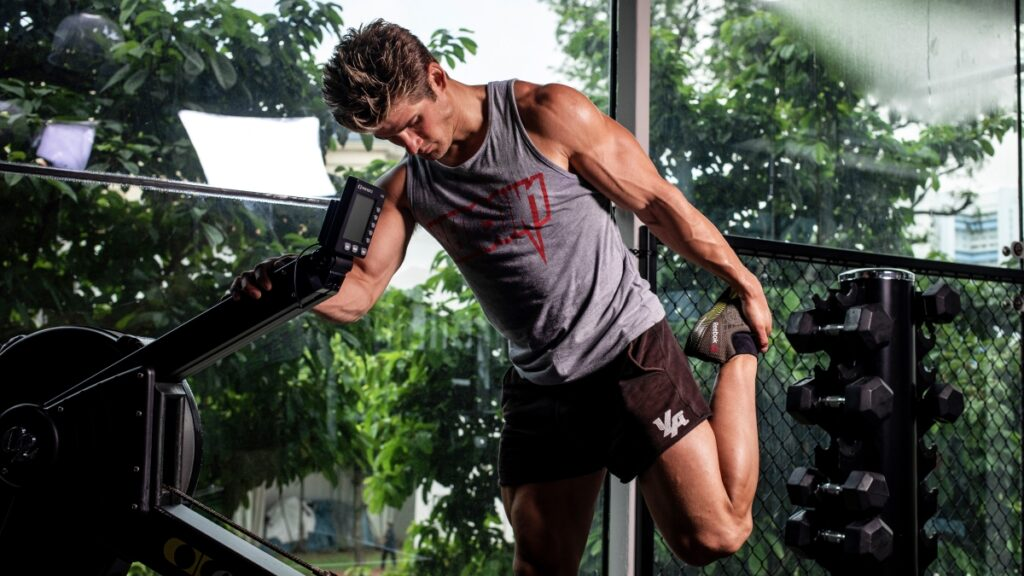
10. Utilizing Technology and Data Analysis
Advancements in technology have revolutionized sports performance analysis. Athletes can now leverage various tools and techniques to gain insights and optimize their training and performance. Consider the following aspects:
10.1 Wearable Devices and performance tracking
Wearable devices, such as heart rate monitors, GPS trackers, and smartwatches, provide real-time data on performance metrics like heart rate, distance covered, and speed. Athletes can utilize this data to monitor progress and make informed training decisions.
10.2 Sports Analytics and data-driven insights
Sports analytics involves the collection and analysis of data to identify patterns, trends, and areas for improvement. Athletes and coaches can use this information to optimize training programs, techniques, and tactics.
10.3 Video analysis for technique improvement
Video analysis allows athletes to review their performances and identify areas for improvement. By analyzing technique, body mechanics, and movement patterns, athletes can make targeted adjustments to enhance performance.
Conclusion
Improving stamina is essential for athletes looking to boost their athletic performance. By incorporating a variety of exercises and addressing factors such as nutrition, hydration, and rest, you can enhance your stamina levels and reach new heights in your chosen sport. Remember to gradually increase the intensity and duration of your workouts while listening to your body’s signals. Consistency and patience are key in the journey to improved stamina.
FAQs
Q: How long does it take to improve stamina?
A: The time required to improve stamina varies depending on various factors such as your current fitness level cardiovascular exercise,, genetics, and training consistency. With consistent effort and proper training, noticeable improvements in stamina can be seen within a few weeks to a few months.
Q: Can stamina be improved quickly?
A: While stamina improvement takes time and consistency, certain training methods such as high-intensity interval training (HIIT) can lead to quicker gains in a shorter period. However, it’s important to gradually increase the intensity to avoid overexertion and injury.
Q: Should I consult a trainer before starting stamina exercises?
A: It is advisable to consult a certified trainer or fitness professional before starting any new exercise regimen, especially if you’re new to training or have any underlying health conditions. They can guide you in creating a customized training plan and ensure you perform exercises correctly and safely.
Q: Can stamina exercises help in weight loss?
A: Yes, stamina exercises can contribute to weight loss by increasing calorie expenditure during and after workouts. Combined with a balanced diet consistent exercise in, stamina exercises can aid in weight management and overall fitness.
Q: Are there any precautions for stamina exercises?
A: When engaging in stamina exercises, it’s important to warm up properly, listen to your body, and gradually increase the intensity and duration of your workouts. Stay hydrated, wear appropriate gear, and take rest days to allow for recovery. If you experience persistent pain or discomfort, consult a healthcare professional.


